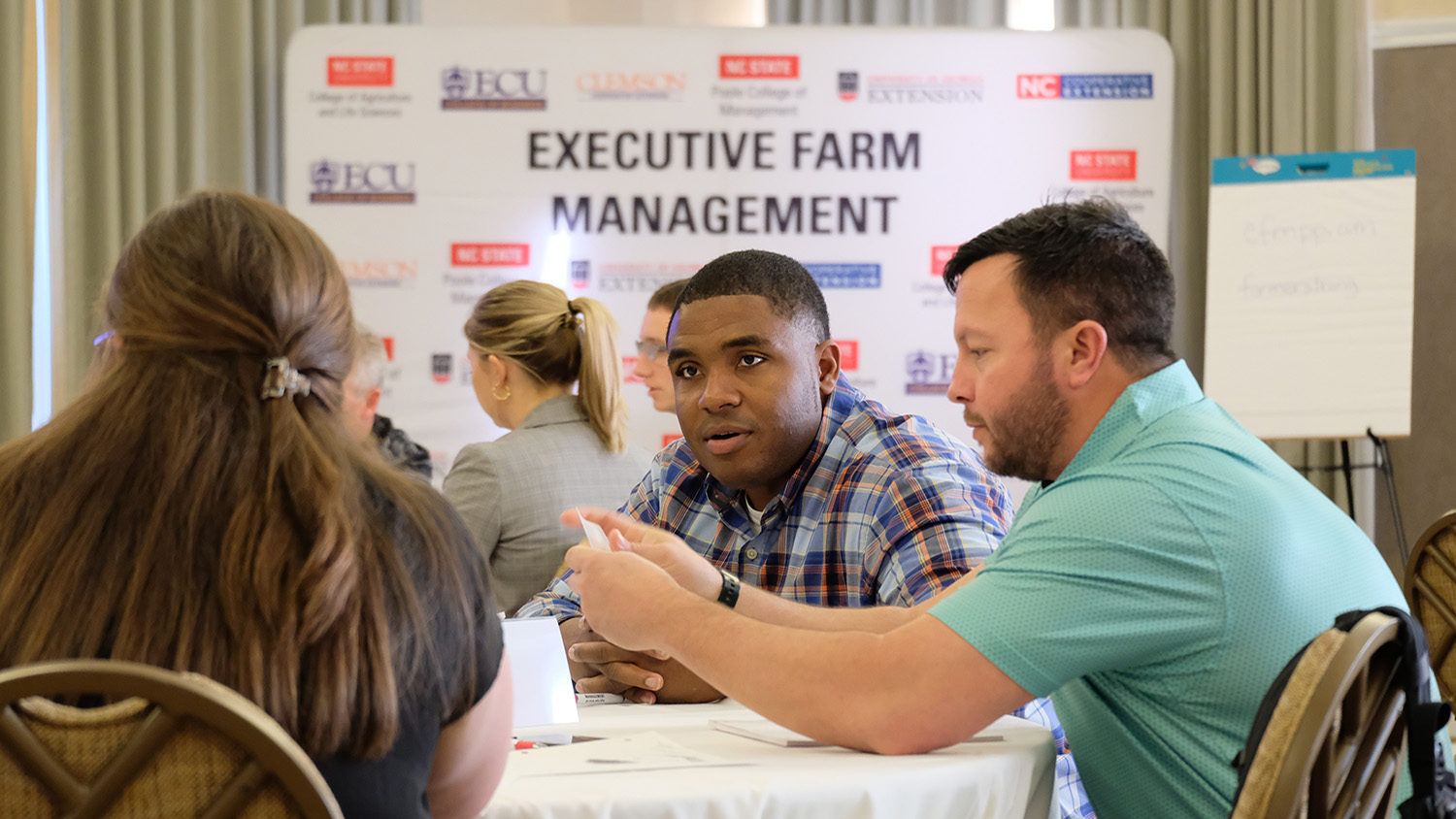When you give a child a National Geographic video on sharks, you might just hook them on sea life.
“I wanted to be a marine biologist, basically from the moment I watched a National Geographic video featuring Dr. Eugenie Clark. She was my hero growing up,” says Matt Damiano, an alumnus from North Carolina State University’s Department of Applied Ecology.
Damiano started scuba diving when he was just 13 years old, earning certification when he was 15. But what he saw while diving inspired him to look beyond sharks and instead to the species they eat.
“Sharks are big charismatic creatures, so they’re a good ambassador to the 35,000-plus known species of fish that exist,” Damiano explains.
While earning his Ph.D. at NC State, Damiano worked to address fishery sustainability and resource management in the face of warming oceans and changing needs of fisheries.
Path to Bogue Sound
Damiano’s path to marine biology wasn’t linear. His first bachelor’s and master’s degrees were in linguistics with a focus on teaching English as a second language. Unable to find a job in his field, Damiano enrolled in biology courses at a community college and then transferred to Oregon State University to study fisheries, wildlife and conservation biology.
“I decided to do a U-turn and try and pursue what I’d always wanted to do,” Damiano explains.
While at Oregon State, Damiano developed an interest in studying fish population dynamics, and then he earned his master’s at the University of Maryland Center for Environmental Science studying Eastern oysters.
“My heart was in research, and that’s what led me to NC State.”
After working in fisheries management for two years, Damiano found his way to NC State’s College of Agriculture and Life Sciences.
“I decided that management wasn’t really for me,” says Damiano. “My heart was in research, and that’s what led me to NC State. In 2019, I connected with Jie Cao at the Center for Marine Sciences and Technology.”
The Center for Marine Sciences and Technology (CMAST) is located in Morehead City, North Carolina, on the Bogue Sound. Despite being based at CMAST, much of Damiano’s research was done on the computer, mostly using simulations.

“My focus is population dynamics research, which is a specific part of quantitative ecology. It’s about understanding the vital rates associated with fish and shellfish populations for use in management.”
His research at NC State focused on three different fish species, including black sea bass, Atlantic cobia and mahi-mahi, also known as dolphinfish. His research was funded through a Marine Fisheries Initiative Grant from the National Oceanic and Atmospheric Administration (NOAA) and the National Marine Fisheries Service-Sea Grant in Fellowship in Population and Ecosystem Dynamics.
From Dolphinfish to Red Snapper
The fish he studied not only play important roles in the ocean ecosystem as predators and prey, but they’re also important in the hospitality and food industries.
“Down in Florida, dolphinfish are considered one of the most iconic fish that you can go catch. There’s a lot of economic components that are relying on being able to fish dolphinfish.”
However, dolphinfish are facing many challenges, including changing ocean temperatures.
“They like to hang out in the Gulf Stream because it has a relatively constant temperature between 70 and 80 degrees. That’s the sweet spot for them. If it gets too hot, they’ll move. If it gets too cold, they’ll move. What we’re seeing right now is that water is getting a lot hotter off of places like Florida, and it’s getting a lot warmer toward the north.”
Damiano says fishermen in Florida are seeing fewer dolphinfish and fishermen in the Outer Banks are seeing more. Dolphinfish are available to fish at different times of the year throughout their range, which extends from northeastern United States waters down to the Caribbean Sea. To help fisheries managers improve their ability to set sustainable catches, Damiano applied a spatial model to commercial data to estimate abundance at different seasonal and regional scales.
“We have a rapidly changing landscape of both the ocean environment and the makeup of who is going out to catch fish.”
“We were able to model dolphinfish in a way that seems to make sense biologically and ecologically, and it matches up with local perceptions of how the fish is doing. We’re still working some bugs out of the model to try and get the best estimates we can, but I think it’s going to be really important in future work for dolphinfish.”
Now, Damiano is a postdoctoral researcher in a collaboration with NOAA’s Beaufort Lab and the University of Miami’s Cooperative Institute for Marine and Atmospheric Sciences. His primary project is integrating close-kin mark-recapture methods with the red snapper population assessment. Red snapper are currently subject to overfishing in the Atlantic. Close-kin mark-recapture is an increasingly popular method of “tagging” that uses genetic information instead of traditional physical tagging methods to estimate important vital rates.
Damiano’s passion for fish is two-fold.
“We have a rapidly changing landscape of both the ocean environment and the makeup of who is going out to catch fish. I’m trying to keep up with those changes so we’re able to maintain fishing activity, which is an important component of not just our economy but our identity as a species. It’s an integral component of the way we feed ourselves.
“My personal focus is I just like fish. I think they’re cool, and I want them to stick around.”
- Categories:



